Take the First Step For Estimate!
- Accurancy
- Efficiency
- Transparency
- Customization
- Time Saving
- Professionalism
- Cost Control
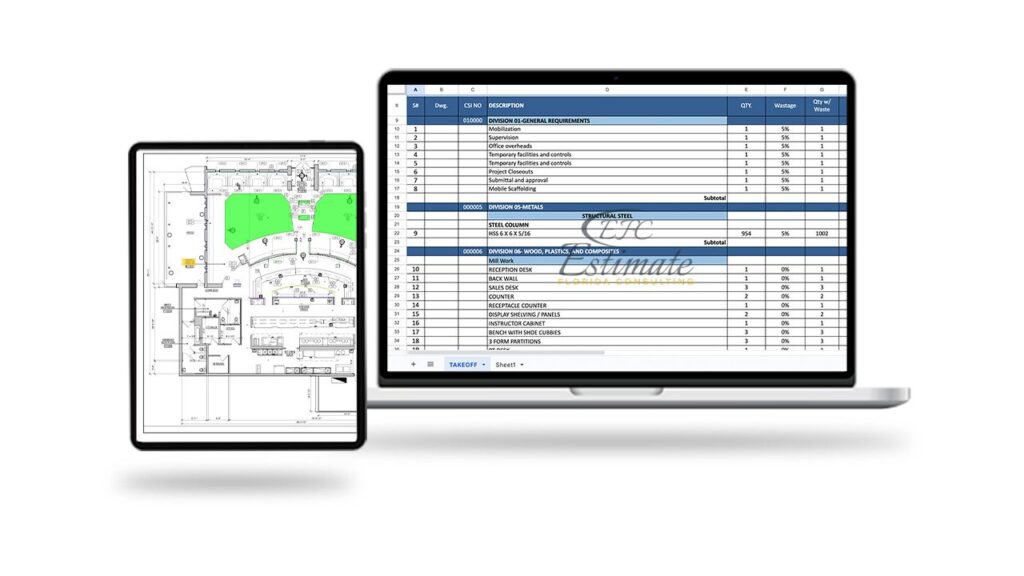
Fire suppression systems are vital for safeguarding warehouse buildings against the risk of fire, protecting both human lives and inventory. Unlike traditional fire hydrant systems that rely on water and are more suited for external firefighting efforts, fire suppression systems are designed to extinguish fires within the building swiftly.
For a 10,000 square foot warehouse seeking to install a basic water sprinkler system, the cost estimation is as follows:
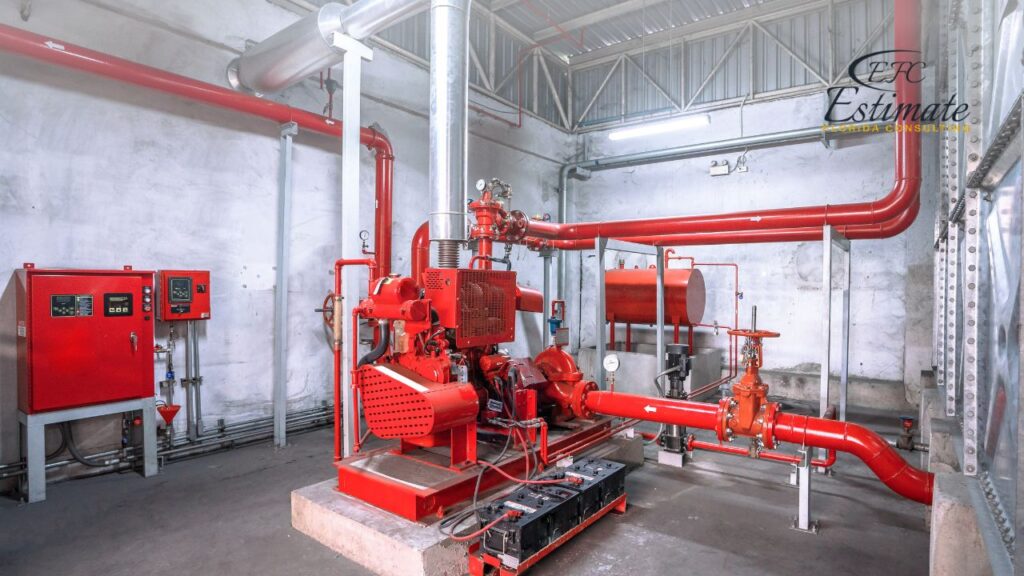
Design and Engineering expenses would amount to $5,000, ensuring a well-planned system. Materials, including piping, sprinklers, and related components, would total around $25,000 at an estimated rate of $2.50 per square foot. Labor costs for the installation, which involves skilled workers ensuring the system’s proper setup, would be approximately $50,000, translating to $5 per square foot.
Permitting and inspections are an essential part of the process, accounting for an additional $1,000. In sum, the total estimated cost for this basic water sprinkler system installation in the 10,000 square foot warehouse would amount to $81,000. It’s worth noting that costs can vary significantly based on factors such as location, system complexity, and materials used. For chemical suppression or inert gas systems, expenses could rise substantially, potentially exceeding $100,000 for the same warehouse space, due to the specialized equipment and installation requirements associated with these advanced fire suppression methods.

When planning for fire suppression system installation in warehouse buildings, it’s essential to consider the size of the facility as it significantly influences the associated expenses. The size of the warehouse affects factors such as the complexity of installation and the type of suppression system chosen.
Warehouse Size (Square Feet) | Installation Cost Range |
Less than 5,000 | $21,000 – $42,000+ |
5,000 – 10,000 | $35,000 – $70,000+ |
10,000 – 20,000 | $56,000 – $112,000+ |
20,000 – 50,000 | $84,000 – $168,000+ |
More than 50,000 | $140,000 – $280,000+ |
When considering different types of fire suppression systems for installation, it’s important to understand their features and suitability for specific environments. Water sprinkler systems offer widespread coverage, while foam suppression systems are effective in quickly smothering flames. Clean agent suppression systems use environmentally friendly agents, while carbon dioxide (CO2) systems are non-conductive and suitable for sensitive equipment areas. Dry chemical systems are effective against Class A, B, and C fires. Each system has its advantages, and consulting with professionals can help determine the most suitable option for a facility’s fire safety needs.
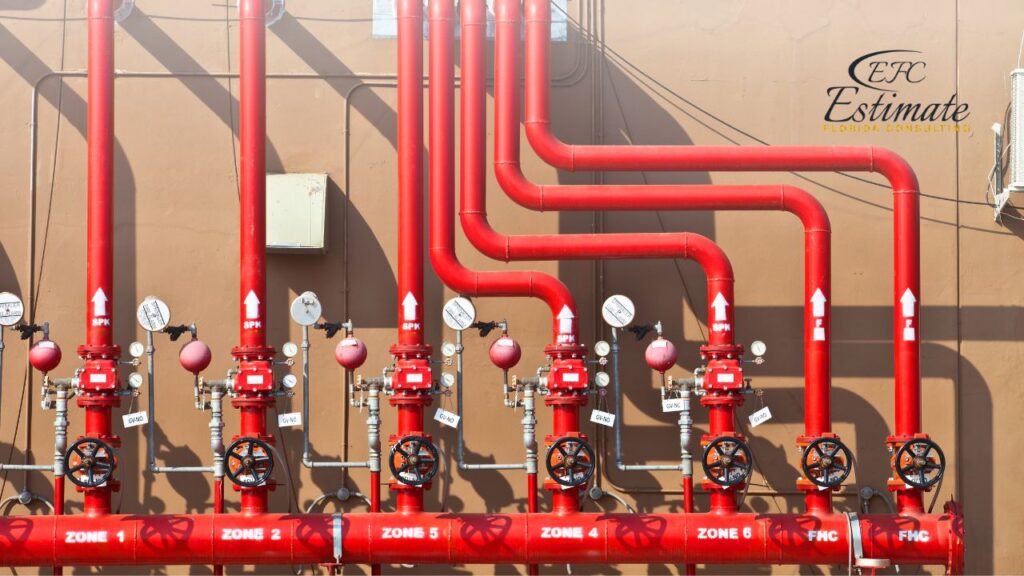
Type of Suppression System | Cost Estimate Range |
Water Sprinkler System | $18,000 – $60,000+ |
Foam Suppression System | $24,000 – $72,000+ |
Clean Agent Suppression System | $30,000 – $84,000+ |
Carbon Dioxide (CO2) System | $36,000 – $96,000+ |
Dry Chemical System | $42,000 – $108,000+ |
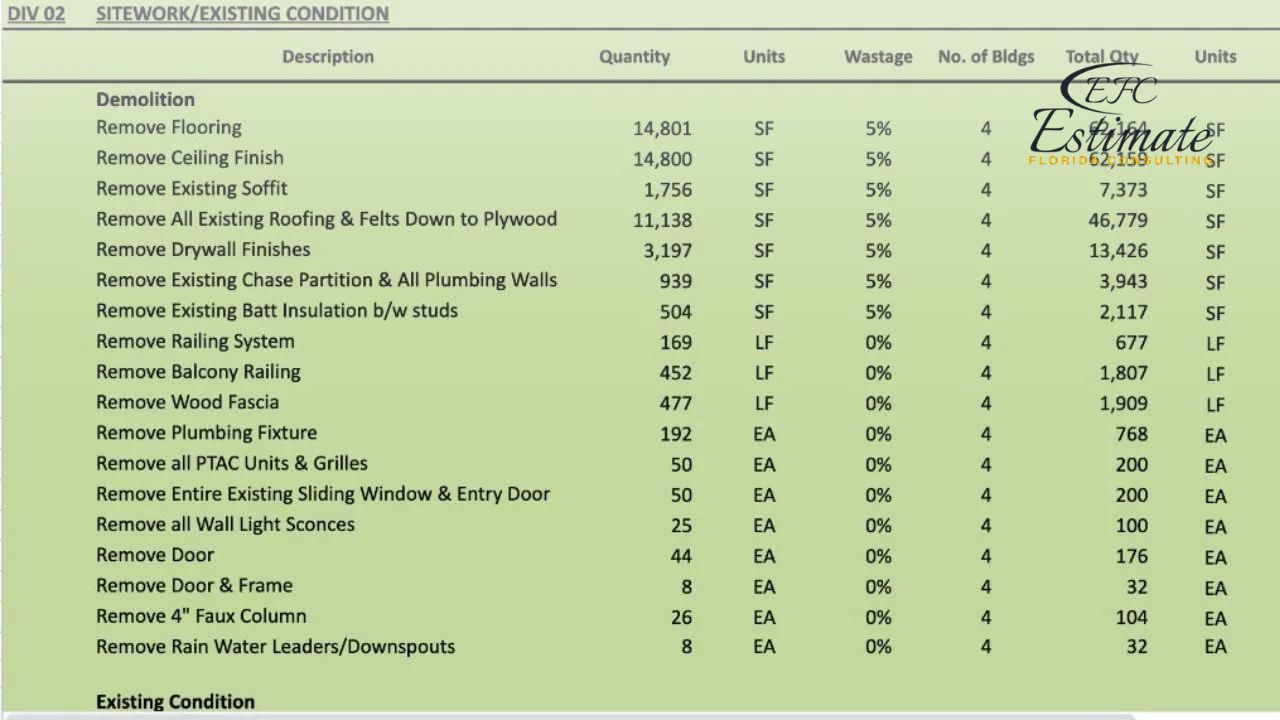
ZIP Code Based Estimate
Highly Accurate
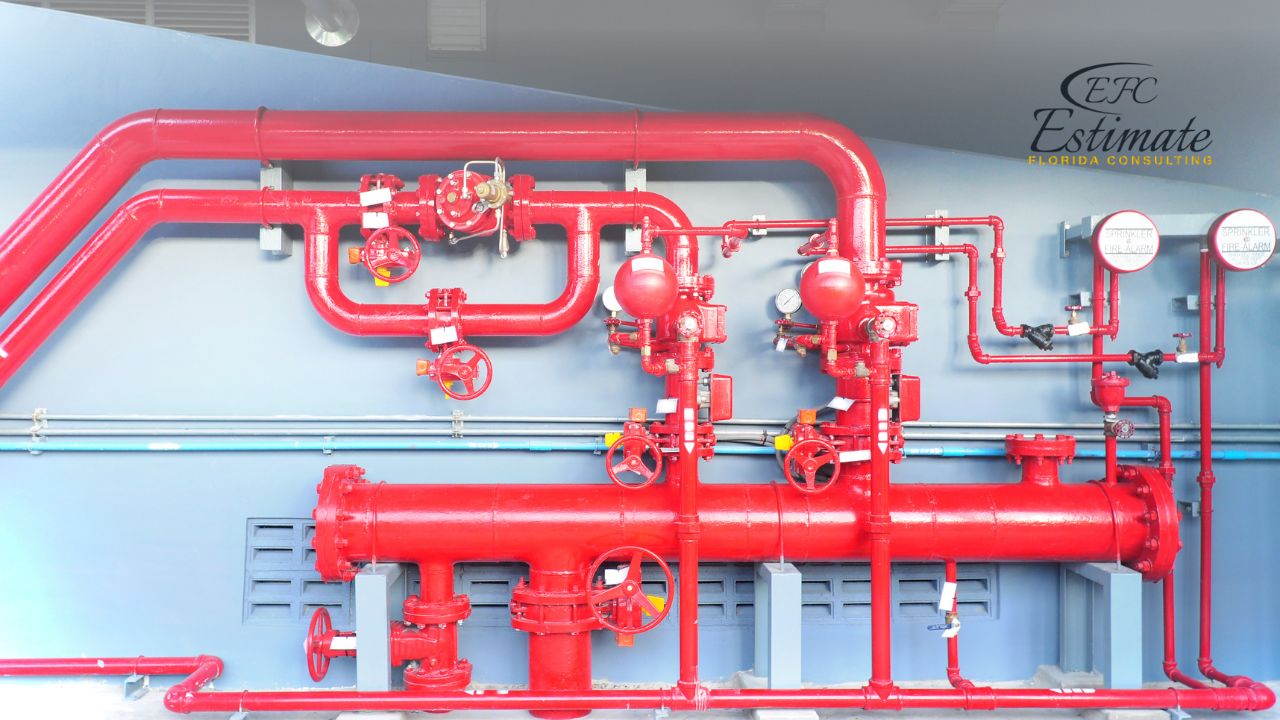
Fully Insured License
Hire Contractor

Make Informed Design Decisions Showcase Your Design Ideas
Get RenderingFire suppression systems are a crucial component of warehouse safety, as they are designed to quickly detect and extinguish fires, minimizing damage and protecting both personnel and valuable assets. These systems come in various types, each tailored to specific warehouse environments and the nature of goods stored. The choice of a fire suppression system has a significant impact on both functionality and cost, making it essential for warehouse owners and managers to make informed decisions.
Water-based sprinkler systems are among the most common and cost-effective fire suppression solutions, making them an ideal choice for general warehouse environments. These systems consist of a network of pipes and sprinklers strategically placed throughout the facility. In the event of a fire, the sprinklers activate, releasing water to suppress the flames and cool the affected area. Water sprinklers are particularly effective in controlling fires involving common combustible materials and are known for their reliability. They are a practical choice for warehouses where the primary concern is to prevent fires from spreading and causing extensive damage.
Chemical suppression systems are designed to rapidly extinguish fires using specialized chemical agents. These systems are especially suited for warehouses that store sensitive goods such as electronics, chemicals, or other materials that could be damaged by water. When a fire is detected, the chemical suppression system releases the extinguishing agent, which reacts with the fire, quickly smothering it and preventing further combustion. The choice of chemical agent depends on the type of fire risks present in the warehouse. While chemical suppression systems are more expensive than water sprinklers, they offer a high level of protection for valuable and sensitive inventory, minimizing potential losses.
Inert gas fire suppression systems are engineered to extinguish fires by reducing the oxygen concentration in the protected area to a level where combustion is no longer sustained. These systems are ideal for environments where the use of water or chemical agents is not feasible or could lead to damage, such as data centers, clean rooms, or areas with sensitive equipment. Inert gas systems are known for their rapid response and effectiveness in suppressing fires without leaving residues.
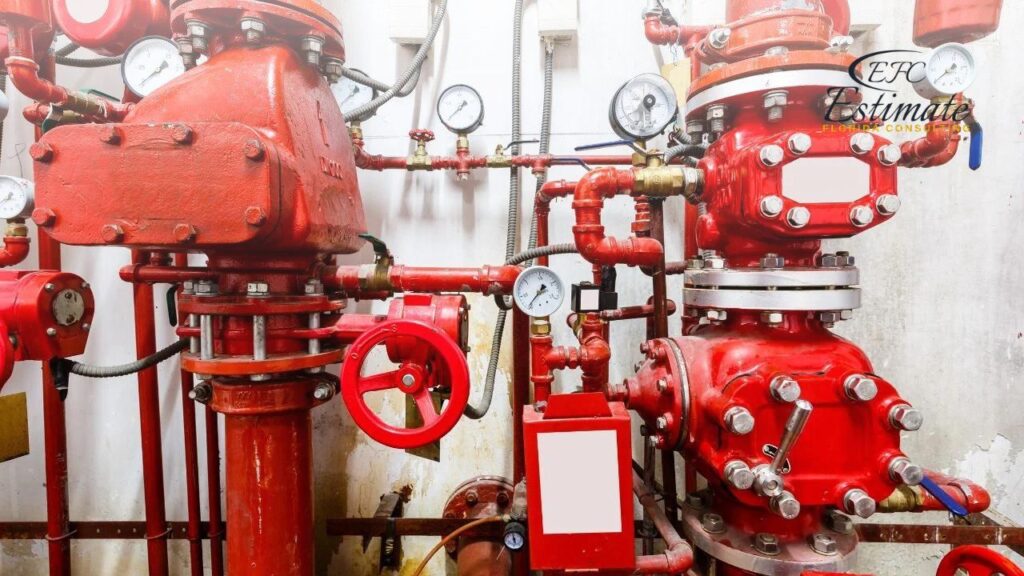
They are a preferred choice when protecting irreplaceable assets is paramount, despite being more expensive than traditional water sprinkler systems. Inert gas systems are a valuable option for warehouses with high-value equipment or critical operations.
Foam fire suppression systems are specifically designed to combat fires involving flammable liquids. These systems release a specialized foam solution that forms a thick blanket over the burning liquid, cutting off the oxygen supply and preventing the fire from spreading. Foam systems are commonly used in warehouses storing chemicals, fuel, or other flammable liquids. While they are effective in suppressing fires in these environments, they are less common in general warehousing due to their specificity. Foam systems can be a cost-effective choice when safeguarding against fires fueled by flammable liquids, minimizing the risk of catastrophic incidents.
The size and layout of a warehouse play a pivotal role in determining the cost of implementing a fire suppression system. Larger warehouses, characterized by extensive square footage, naturally necessitate more comprehensive coverage. This translates to a greater quantity of materials required, including piping, sprinklers, and other system components, as well as an increased demand for skilled labor to install and configure the system effectively. Additionally, warehouses with intricate layouts, multiple levels, or unconventional storage configurations that obstruct access to certain areas may require specialized installation techniques. These factors collectively contribute to higher installation costs for larger and more complex warehouse spaces. Therefore, conducting a thorough assessment of the warehouse’s dimensions and layout is essential to accurately estimate the costs associated with fire suppression system installation.
The choice of fire suppression system significantly influences the overall cost of implementation. Water-based sprinkler systems are generally the most cost-effective option, making them suitable for warehouses with standard fire risks. However, for warehouses that store sensitive goods, such as electronics or chemicals, specialized systems like chemical suppression, inert gas, or foam systems may be required. These alternative systems involve specialized equipment, extinguishing agents, and installation requirements that tend to be more expensive than traditional water sprinklers. While the increased cost is justified by the higher level of protection they offer for specific fire hazards, it’s essential for warehouse owners to consider their budget and the nature of their inventory when selecting the appropriate suppression system.
New projects are waiting for you.
Connect with more construction leads!
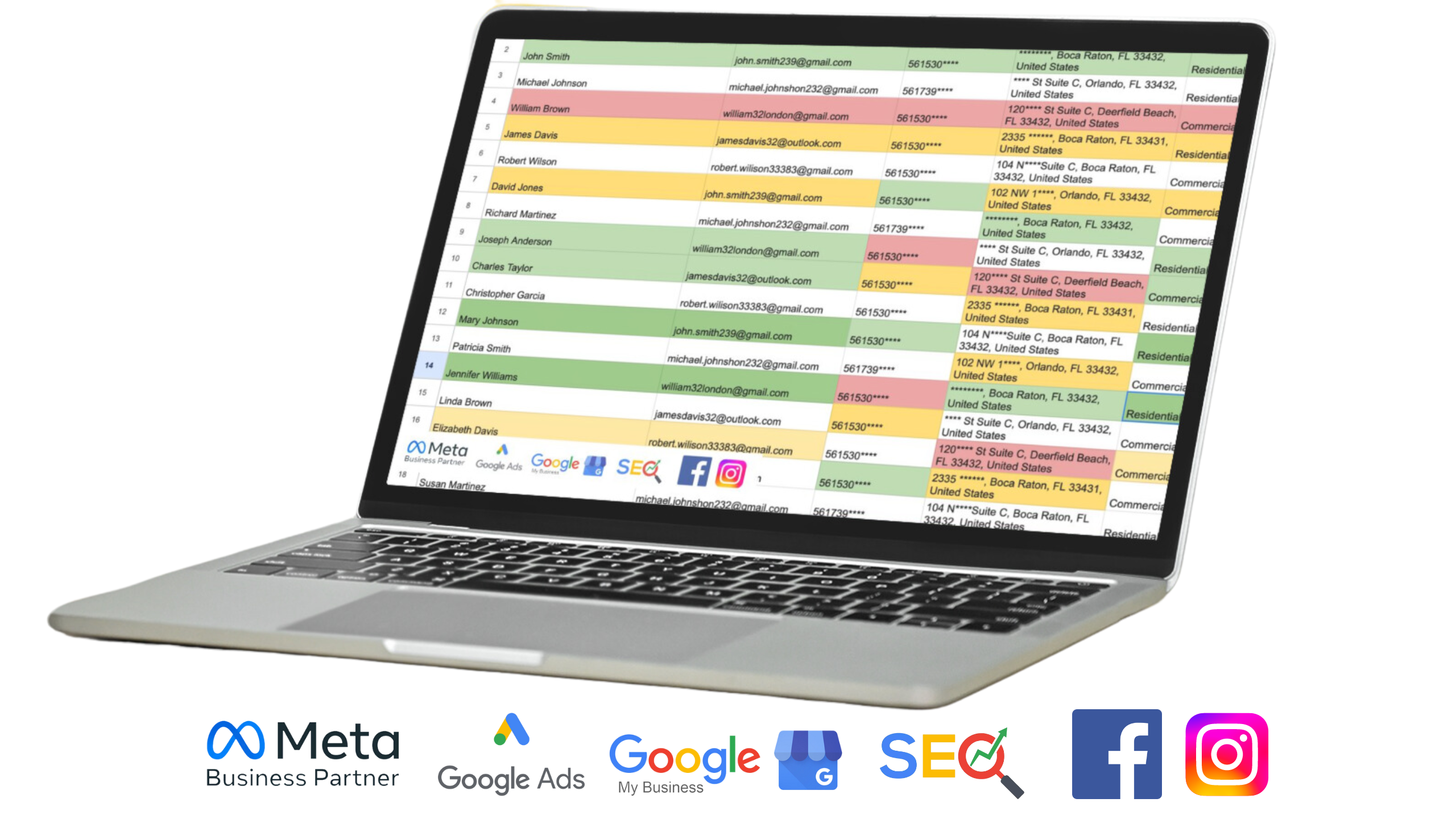
The inherent fire risk level of a warehouse is a crucial factor influencing the choice of fire suppression system and, consequently, the installation cost. Warehouses that store highly flammable materials or have a history of fire incidents may require more sophisticated and robust fire suppression systems to effectively mitigate risks. These systems often involve additional components, such as advanced detection systems, early warning systems, and rapid response capabilities, all of which contribute to a higher installation cost. Warehouses with lower fire risks may opt for less complex systems, reducing installation expenses. Determining the fire risk level is vital in striking a balance between safety and cost-effectiveness when selecting and installing a fire suppression system.
Compliance with local fire safety codes and regulations is non-negotiable when designing and installing fire suppression systems in warehouses. These regulations often dictate specific requirements for factors such as system design, equipment selection, and maintenance standards. Adhering to these standards is essential not only to ensure the safety of the warehouse and its occupants but also to avoid potential legal consequences and fines for non-compliance. The need to meet these regulatory requirements can impact the choice of materials, equipment, and system design, all of which may affect the overall installation cost. Therefore, it is crucial to collaborate with local authorities and fire safety experts to ensure compliance and account for any associated costs when estimating the budget for a fire suppression system.
The complexity of the warehouse’s structure and layout can significantly affect the installation cost of a fire suppression system. Warehouses with high ceilings, intricate designs, or special storage needs may pose unique challenges when it comes to system installation. Installing sprinklers or equipment in hard-to-reach areas, accommodating irregular storage configurations, or navigating complex structural elements can require additional labor, materials, and expertise, all of which contribute to higher installation costs. In such cases, it is essential to engage experienced professionals who can assess the installation challenges and devise effective solutions while minimizing unnecessary expenses. Considering installation complexity as part of the cost estimation process is crucial for ensuring a smooth and cost-effective implementation of a fire suppression system tailored to the warehouse’s specific needs.
One of the most effective strategies for managing the costs of a fire suppression system in a warehouse is to prioritize optimal system design. Engaging with experienced fire protection engineers and experts who understand both safety requirements and cost-efficiency is essential. These professionals can conduct thorough risk assessments and evaluate the specific needs of the warehouse. By tailoring the system to the precise requirements, they can avoid over-engineering and unnecessary expenses while ensuring that safety standards are met.
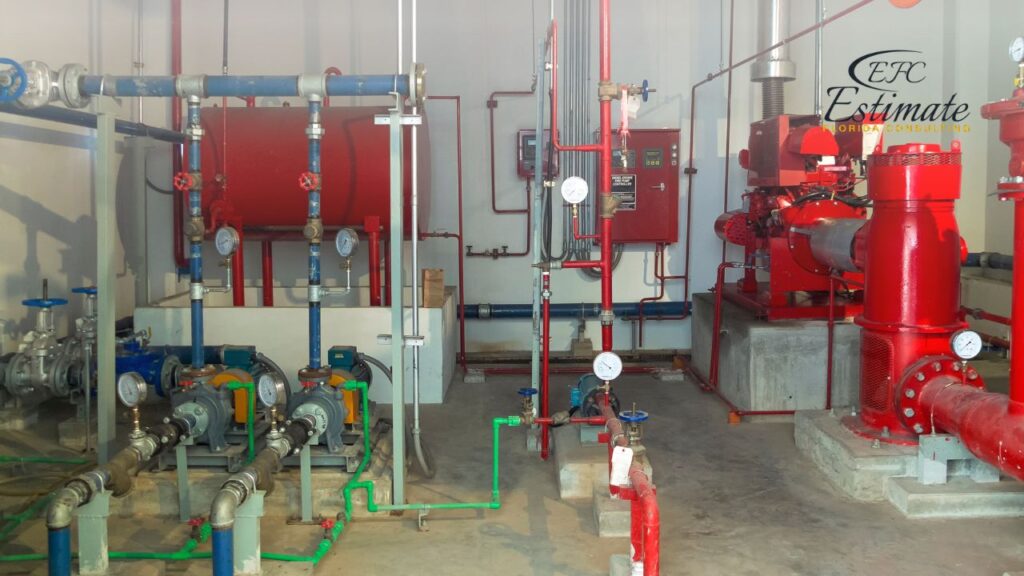
An optimal design eliminates the inclusion of unnecessary components or features that can drive up costs without delivering significant safety benefits. Collaborating with experts in the field ensures that your investment in a fire suppression system is both cost-effective and efficient, providing peace of mind for warehouse owners.
When it comes to acquiring materials and labor for the installation of a fire suppression system, the practice of comparative shopping can yield significant cost savings. It involves obtaining multiple quotes from different suppliers and contractors to ensure competitive pricing. By evaluating these quotes on a like-for-like basis, warehouse owners can identify cost-effective options without compromising on quality or safety. Comparative shopping allows for the selection of suppliers and contractors who provide the best value for the investment, balancing affordability with the necessary standards and materials. This strategic approach empowers warehouse owners to make informed decisions while keeping installation costs in check.
For larger warehouses with expansive square footage, the cost of implementing a fire suppression system can be substantial. To manage these costs effectively, warehouse owners may consider a phased installation approach. Instead of installing the entire system at once, the implementation is spread out over multiple phases. This strategy allows for the gradual allocation of budget resources while ensuring that the warehouse remains partially protected throughout the process. Phased installation is particularly beneficial for warehouses where cash flow constraints or budget considerations are a concern. It provides flexibility in scheduling and budgeting, allowing warehouse owners to address critical areas first and gradually expand the system as resources become available.
Investing in regular maintenance is a fundamental cost-saving strategy for fire suppression systems in warehouses. Routine maintenance includes inspections, servicing, and testing to detect and address issues before they escalate into costly repairs or system overhauls. Preventive maintenance not only extends the lifespan of the system but also reduces the likelihood of unexpected breakdowns and the associated expenses. Warehouse owners should establish a proactive maintenance schedule and allocate budget resources accordingly. Furthermore, retrofitting or upgrading parts of an existing system can often be a more cost-effective solution than a full replacement. Assessing the feasibility of retrofitting or upgrading components can provide warehouse owners with a more budget-friendly option to enhance the efficiency and capabilities of their fire suppression systems.
Estimating the cost of a fire suppression system for warehouse buildings requires careful consideration of various factors, including the type of system, size and layout of the warehouse, and compliance with local codes. By understanding these components and employing strategic cost management practices, warehouse owners can make informed decisions that ensure safety and compliance while managing expenses effectively. With proper planning and execution, the installation of a fire suppression system can be a wise investment in protecting assets and ensuring business continuity.
The cost of fire suppression system installation is influenced by factors such as the size of the warehouse, the chosen type of suppression system, installation complexity, and any additional requirements specific to the facility. Larger warehouses may incur higher costs due to increased material and labor needs, while the type of suppression system selected can also impact expenses.
The cost of fire suppression systems increases with the size of the warehouse due to the larger area requiring coverage. For instance, warehouses less than 5,000 square feet may have installation costs ranging from $21,000 to $42,000+, while those exceeding 50,000 square feet could range from $140,000 to $280,000+.
Various types of fire suppression systems are available, including water sprinkler systems, foam suppression systems, clean agent suppression systems, carbon dioxide (CO2) systems, and dry chemical systems. Each system offers unique features and suitability for different fire scenarios, with costs ranging from $18,000 to $108,000+ based on the type selected.
Choosing the most suitable fire suppression system involves assessing factors such as the nature of the materials stored in the warehouse, the presence of sensitive equipment, environmental considerations, and budget constraints. Consulting with fire safety professionals can help identify the best system to meet specific fire safety needs while considering cost estimates.
In addition to the initial installation costs, there may be ongoing maintenance, inspection, and testing expenses for fire suppression systems. It’s essential to factor in these additional costs when budgeting for fire safety measures in warehouse buildings to ensure compliance with regulations and optimal system performance over time.
Here I am going to share some steps to get your fire suppression system cost for warehouse buildings estimate report.
You can send us your plan on info@estimatorflorida.com
Before starting your project, we send you a quote for your service. That quote will have detailed information about your project. Here you will get information about the size, difficulty, complexity and bid date when determining pricing.
Our team will takeoff and estimate your project. When we deliver you’ll receive a PDF and an Excel file of your estimate. We can also offer construction lead generation services for the jobs you’d like to pursue further.

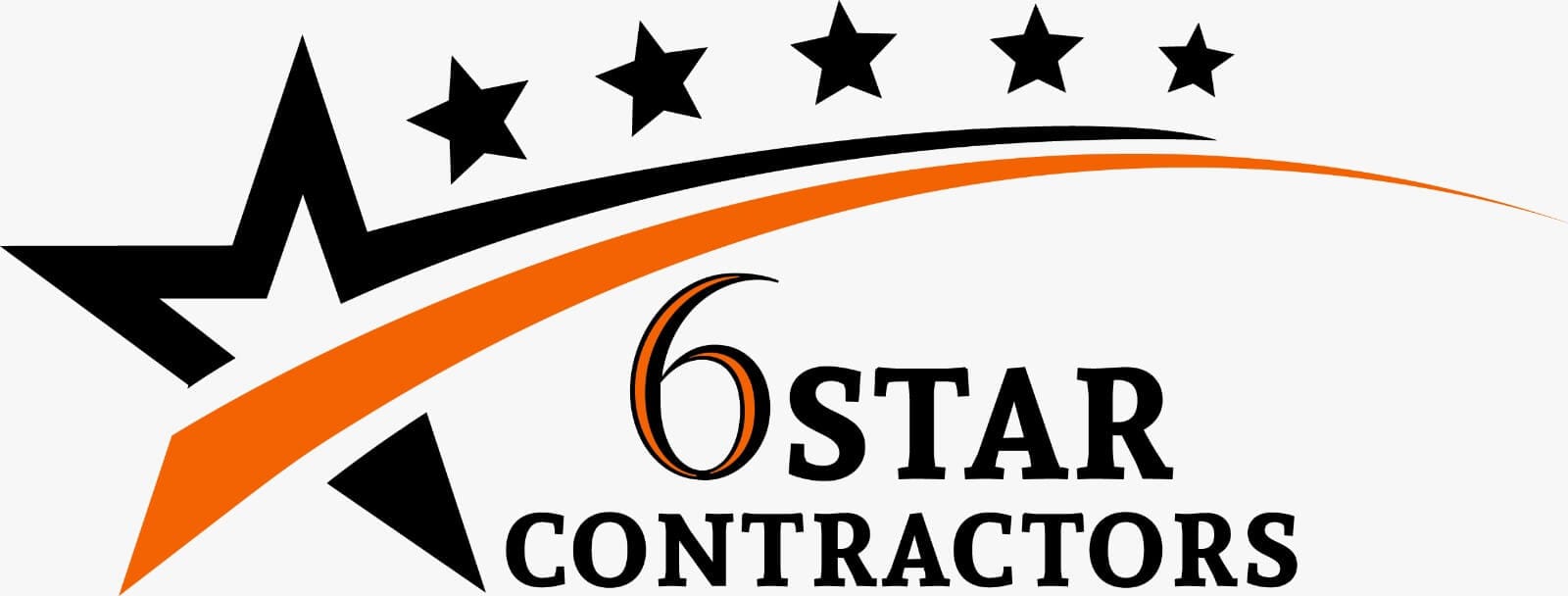

561-530-2845
info@estimatorflorida.com
Address
5245 Wiles Rd Apt 3-102 St. Pete Beach, FL 33073 United States
561-530-2845
info@estimatorflorida.com
Address
5245 Wiles Rd Apt 3-102 St. Pete Beach, FL 33073 United States
All copyright © Reserved | Designed By V Marketing Media | Disclaimer